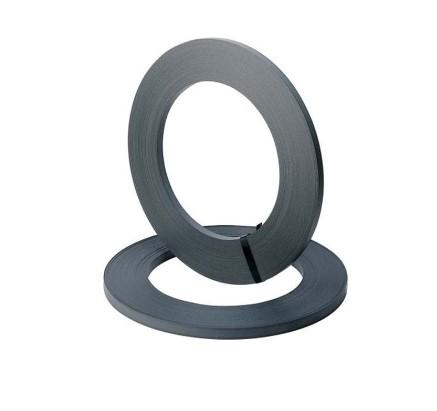An Ultimate Guide to Steel Strapping and Accessories

When it comes
to securing heavy loads for transport and construction, steel strapping is a
top choice for durability and reliability. Essential for many construction and
industrial tasks, steel strapping and its accessories offer unparalleled
strength to keep materials in place. This guide breaks down the essentials of
steel strapping, the accessories that improve its functionality, and how to
select the right options for different applications.
What Is Steel Strapping?
Steel
strapping is a high-tensile material designed for holding down and bundling
heavy items securely, making it indispensable for building projects, manufacturing,
and transportation. Its durability allows it to handle large loads, keeping
materials intact during shipment or storage. Unlike other materials like
plastic or nylon, steel strapping provides a robust, reliable solution for
situations requiring the highest strength.
Benefits of Steel Strapping
The main
advantage of steel strapping is its ability to hold up under intense pressure
and weather conditions. This material doesn’t easily stretch or break, making
it ideal for outdoor use and long-term projects. Steel strapping also resists
corrosion and offers security where additional stability is needed, making it a
key component in buildingmaterials.
Steel
strapping is commonly found in projects where heavy materials, such as concrete
blocks, timber, or large pipes, need to be bundled and transported safely. In
particular, industries that deal with construction and freight prefer steel due
to its strength and ability to maintain load stability over long distances.
Key Accessories of Steel Strapping
·
Seals and Clips:
Seals secure the ends of the strapping, creating a closed loop around the
materials. They come in various styles, including open, closed, and snap-on
types, to accommodate different strapping sizes and tension levels. Choosing
high-quality seals from a reputable construction and building materials
provider can prevent costly accidents and enhance safety.
·
Tensioners:
These are tools used to tighten the steel strapping around the load. A
well-tensioned strap holds the materials firmly, reducing the risk of shifting
during transit. Manual and pneumatic tensioners are widely available to
accommodate varying project scales.
·
Cutters:
Designed specifically for steel, cutters allow clean and precise trimming of
the strapping after it’s secured. Using the right cutter prevents fraying and
ensures a smooth, professional finish.
·
Dispenser Carts:
These carts are particularly helpful for large projects, as they allow for easy
and organised handling of heavy steel strapping rolls. A dispenser cart
improves efficiency and reduces strain on workers handling large volumes of
strapping.
Tips for Selecting the Right Steel Strapping
The choice of
steel strapping and accessories largely depends on the weight and nature of the
materials being secured. Lighter projects may only require thinner strapping,
while construction or industrial tasks typically need thicker, high-tensile
steel. A trusted company that deals with Australian building supplies
will help you find quality products suited to your specific requirements.
For safe and
effective use, always check the manufacturer’s guidelines for each tool and
accessory. This practice ensures the safety of workers and maintains the
stability of the materials during transport or storage.
Steel
strapping and its accessories play a critical role in ensuring the safety and
stability of construction materials and heavy goods. When sourced from a reliable
supplier, you’re ensured with good products that are necessary for demanding
construction tasks. Selecting the right strapping and accessories tailored to
your project's needs makes a significant difference in efficiency, cost
savings, and safety.
Comments